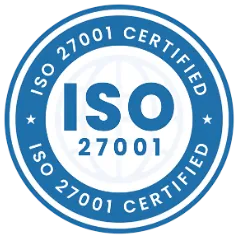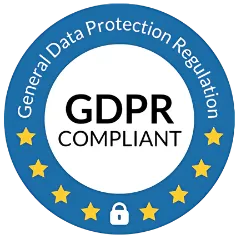An effective asset management strategy can help in optimizing the operational performance, minimize the overall costs, and contribute towards the achievement of organizational goals.
This can be achieved by actively managing the assets for the efficient and sustainable operation of any organization.
Asset allocation and tracking of IT equipment in different organizations can be a real nightmare. The movement of IT equipment within various departments in an organization can lead to misplacement or absolute loss.
Differential tracking of IT equipment in the research industry can assist in avoiding any data theft, which might culminate into heavy IPR losses to the organization.
How to Control the Movement of Assets?
A proactive asset management system provides a complete picture of - what assets does an organization own or leases, its condition, location, asset user, maintenance schedule, and when it has to be replaced accordingly.
This further simplifies the budget allocation process for asset managers and helps them to enable effective scheduled maintenance and address the pile-on liabilities.
Consider the example of a retail industry where operational budgets are decreasing, while the equipment maintenance & repair cost is exceedingly high which hampers the revenue consistently. In order to contain the high maintenance cost, return on assets should be maximized.
Usually, for industries like retail, various assets are dispersed and spread in a large area. However, with the implementation of an asset tracking system, all historical and real-time information about assets will help in identifying, analyzing, and fixing the problems & faster.
This can also assist in reducing the running-cost for less maintained assets and optimize the expenses.
In order to further scrutinize the movement of assets, there are various methods which are readily available in the asset management software like sign-in/sign-out sheets, barcode / QR code, etc. These methods have different utility in different organizations.
Detail Analysis on Options to Track the Movement of Assets

Sign-in & Sign-out sheets
These are system generated sheets which are linked to the assets and can track all movement related to the asset at any time. All users are obligated to sign these sheets for any small movement within the organization (also within departments).
This helps in analyzing the number of users for any asset and calculate the useful life of an asset between two maintenance activities.
Bar Codes / QR Codes
These are customized codes which can be associated with an asset and help in tracking the movement at various locations. Once the asset has been logged into the system, all information related to the asset will be readily available with simple scanning of the barcodes/QR codes.
This also enables the organizations to activate location-based asset managers for simplifying the system and contribute towards better efficiency.
Bar Codes/QR Codes can also be used for variable accessibility of assets by the users. In addition to this, critical IT assets can also be disavowed from exiting the premises and maintain the sanctity of the data.
In an organization, the nature of tracking of assets is different for every department and hence their asset tracking methods will also differ. An effective asset tracking management software can be highly useful for efficiently tracking the asset movement.
Usually, the time and effort involved in the implementation of asset allocation and tracking systems can deter the organizations.
Current advancements
More than 30% of the employees in different organizations have agreed that meticulous tracking of assets using a system, can lower their burden significantly.
In industries like healthcare, hospitality, disaster management services, etc. the exact location of all assets can define the preparedness and help in shortening the lead-time.
In addition to this, for the media industry, these asset tracking systems can assist in the effective tracking of every equipment; which is constantly moving.
Invest in automated software
When fixed asset movement tracking is critically important for your organization. It is important that you invest in automated software because if you try to do it manually you will end up making a lot of mistakes and errors will be there in your data.
As a result, accuracy will be compromised and we know for asset movement accuracy is very important. Furthermore, automated software will provide several other benefits as well to your organization that will be helpful in improving business activities.
Conclusion
With sign-in & sign-out sheets, the misplacement of assets leading to unaccounted losses can be eliminated from the system and increase the accountability of employees towards the organization.
Expenditure on maintenance activities of assets can be described in an illustrated manner to envelop all useful information.
All consumable & spare parts can also be tagged with the parent asset to enable the users to trace inventory levels further streamlining the system.
Recommend To Read: Making Employees Responsible for the Assets They Use
Frequently Asked Questions Ask (FAQs)
1. Why Is It Important to Keep Track of Asset Movement?
Asset movement is important to keep track of because it makes you always aware of asset location so that you can bring assets for utilization and do not waste time finding assets. It is always important to keep track of asset movement so that you can know accurate information about each asset and save them from theft or misplacement.
2. What Are the Benefits of Investing in Asset Management Software?
The benefits of asset management software are discussed below:
1. Better productivity
2. Accurate asset tracking
3. Eliminate ghost assets
4. Decrease asset theft
5. Better compliance
6. Increased asset life
7. Better return on investment
3. What Is Asset Movement?
Asset movement is the process of asset movement from one place to another. First, you need to keep track of assets in order to know asset movement. In asset movement, you can check all the information related to assets such as to whom the asset is assigned, what is the status of the asset how free how frequently it is utilized, and so on.

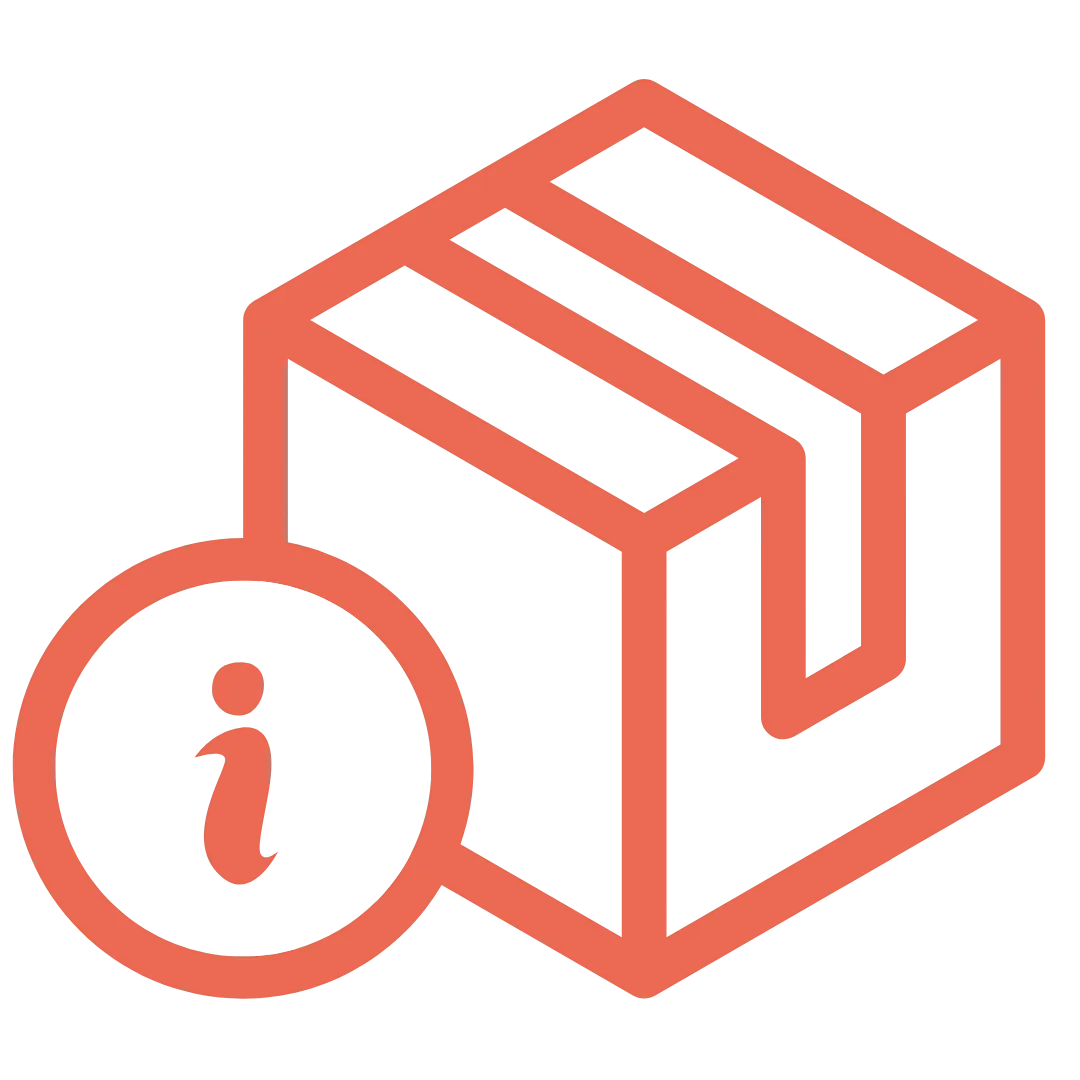
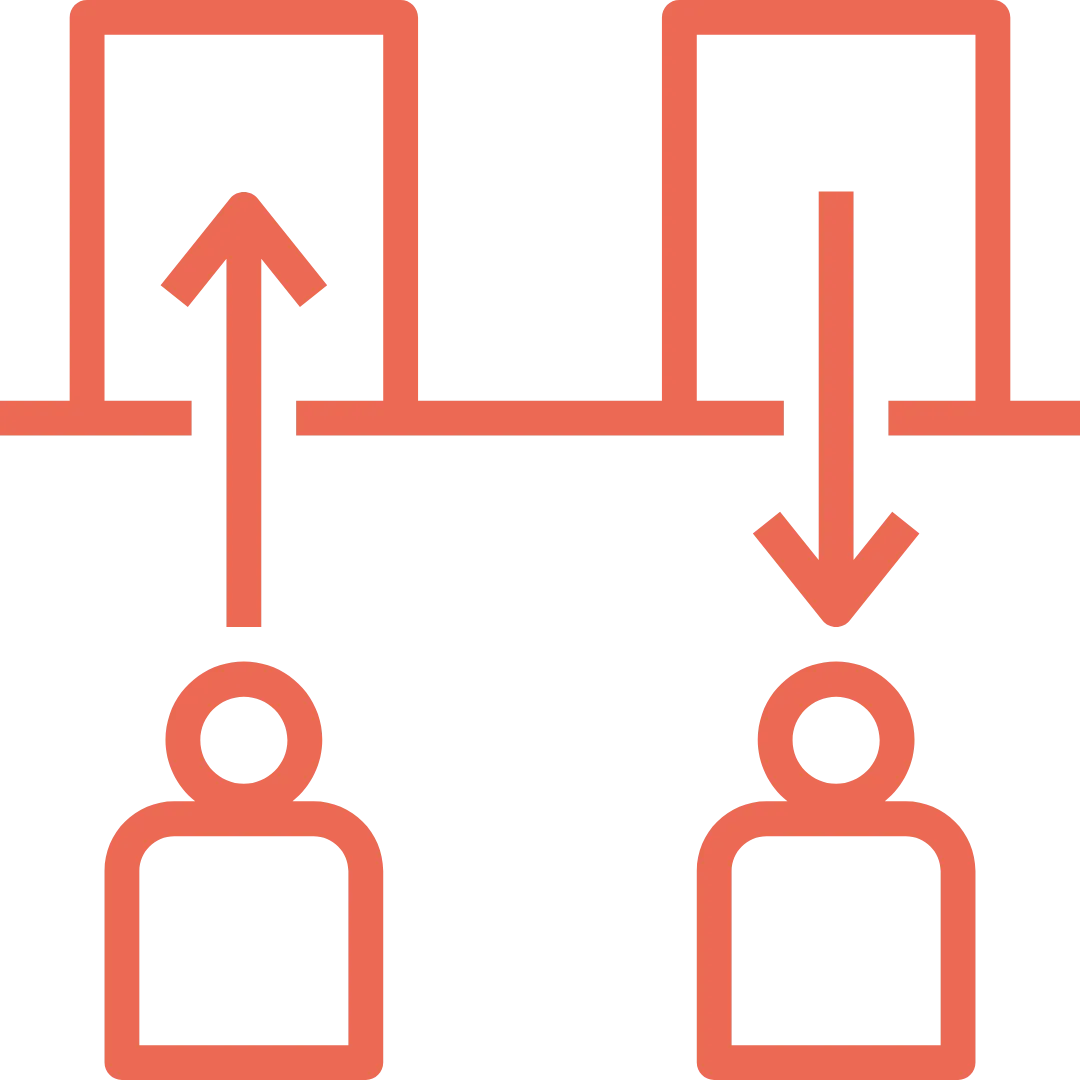
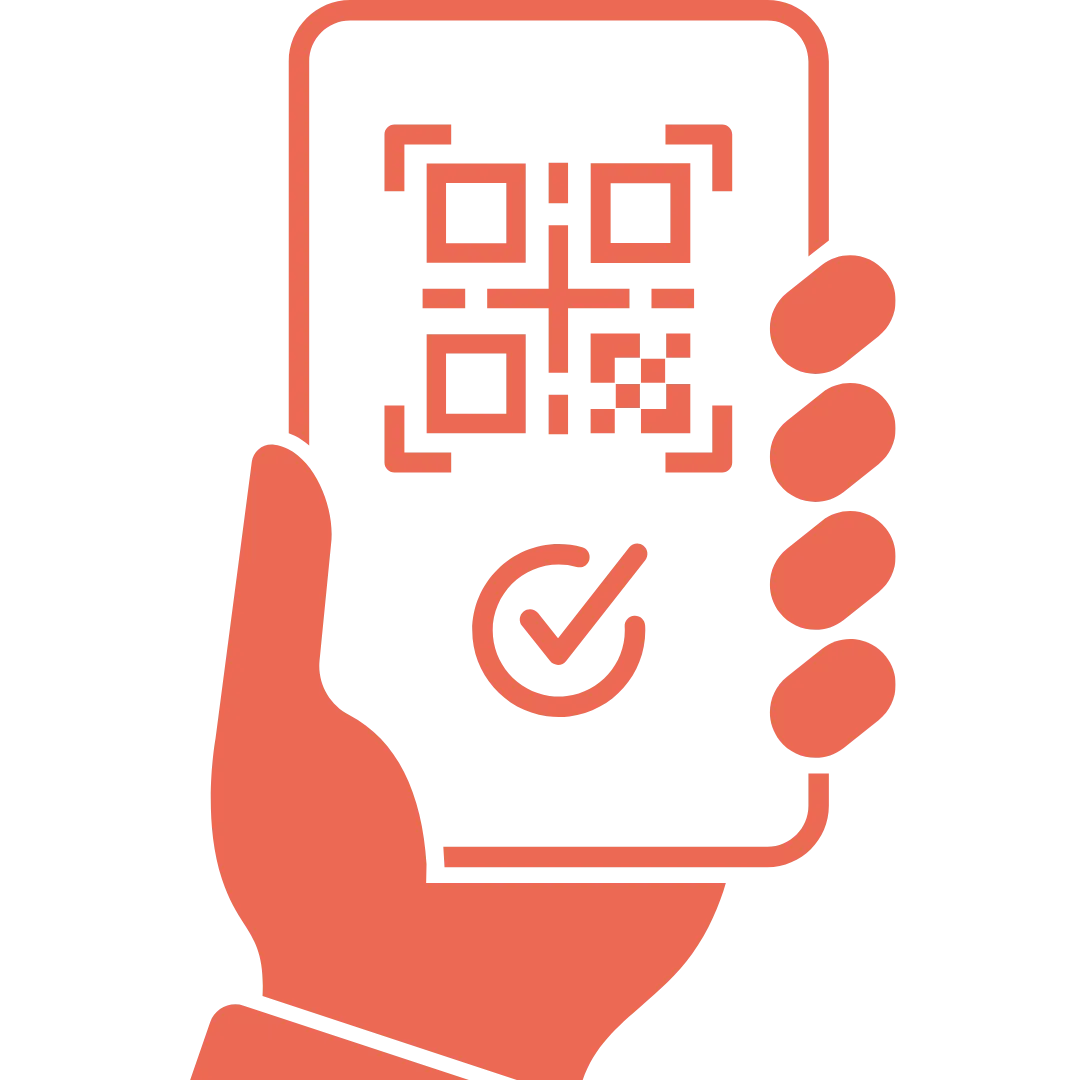
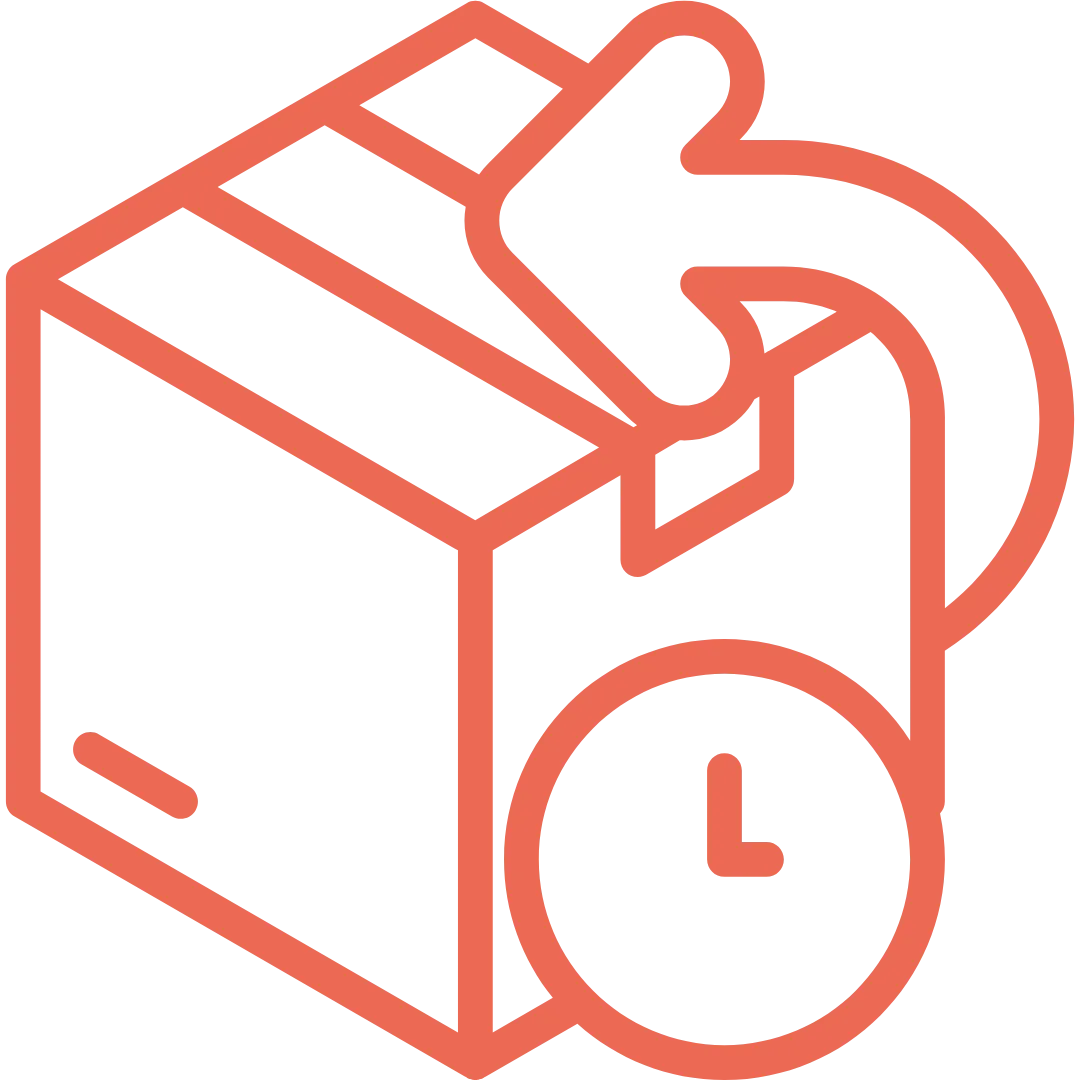

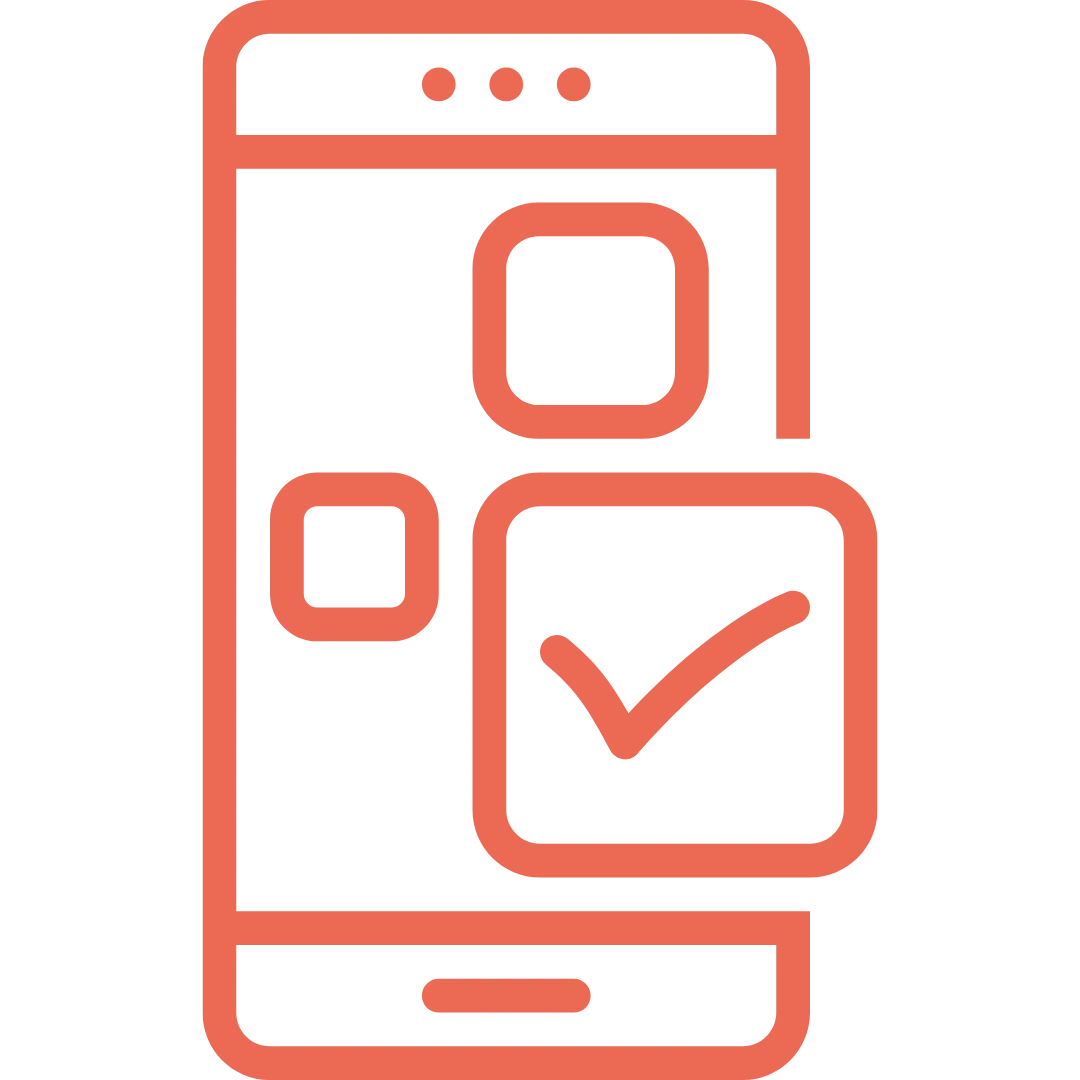


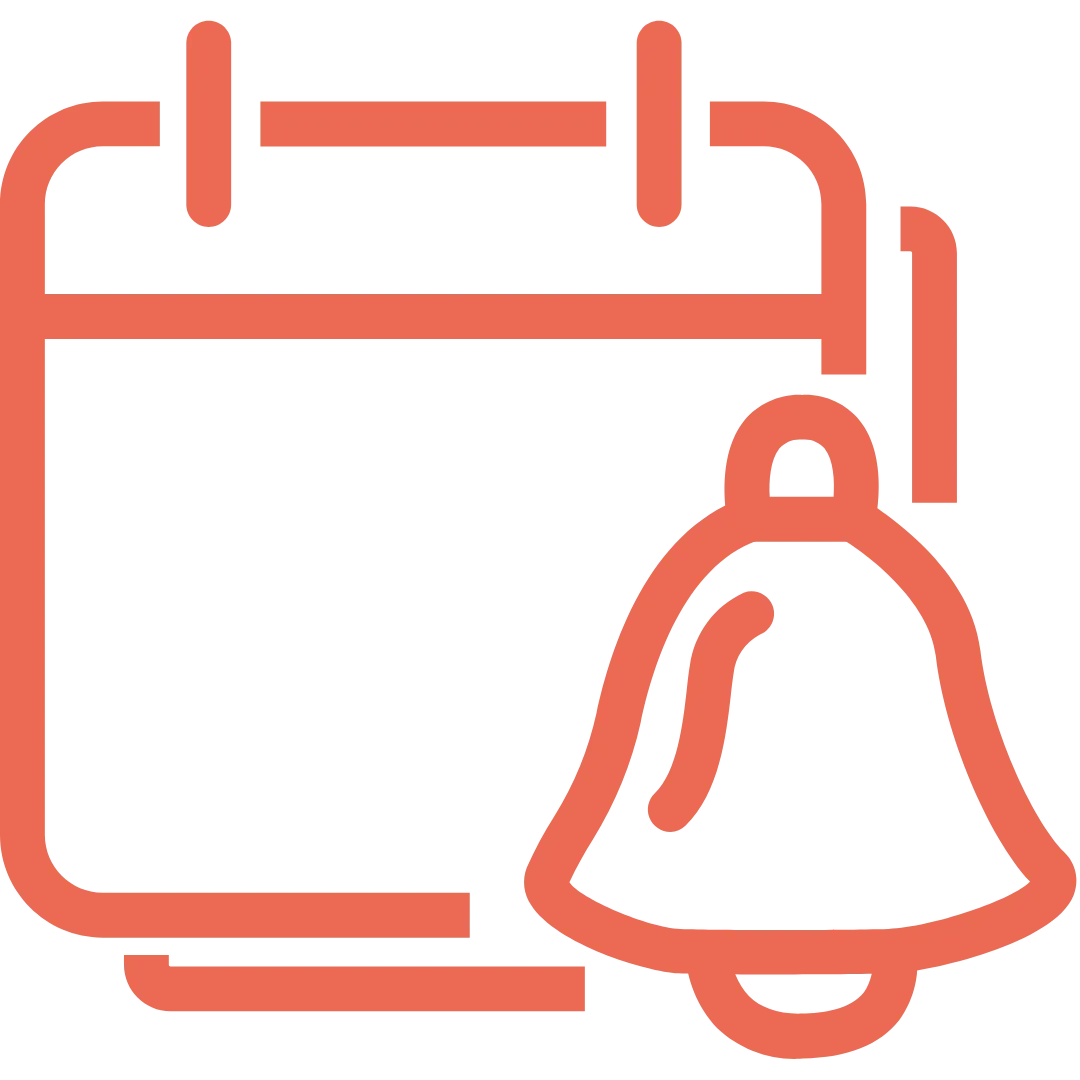

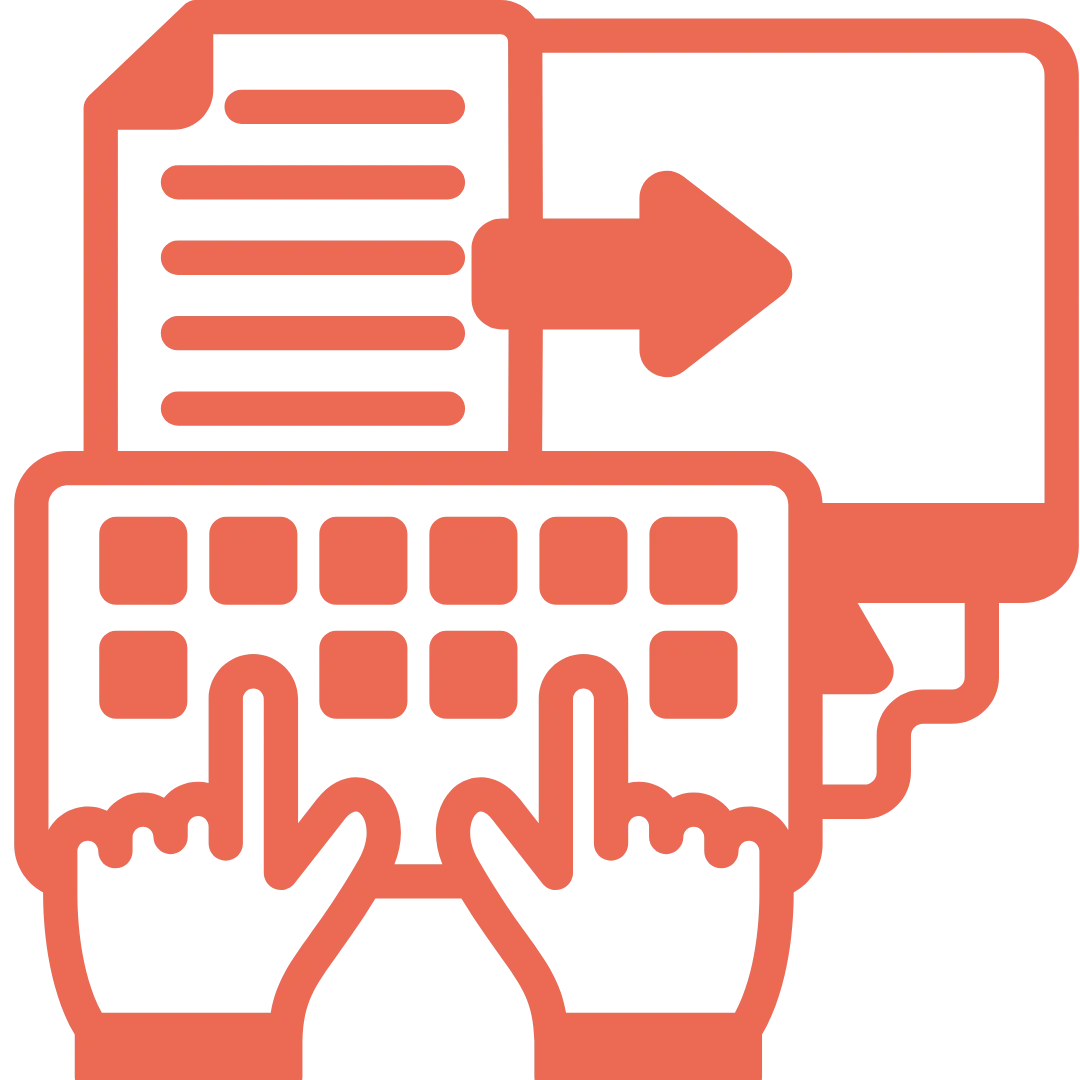
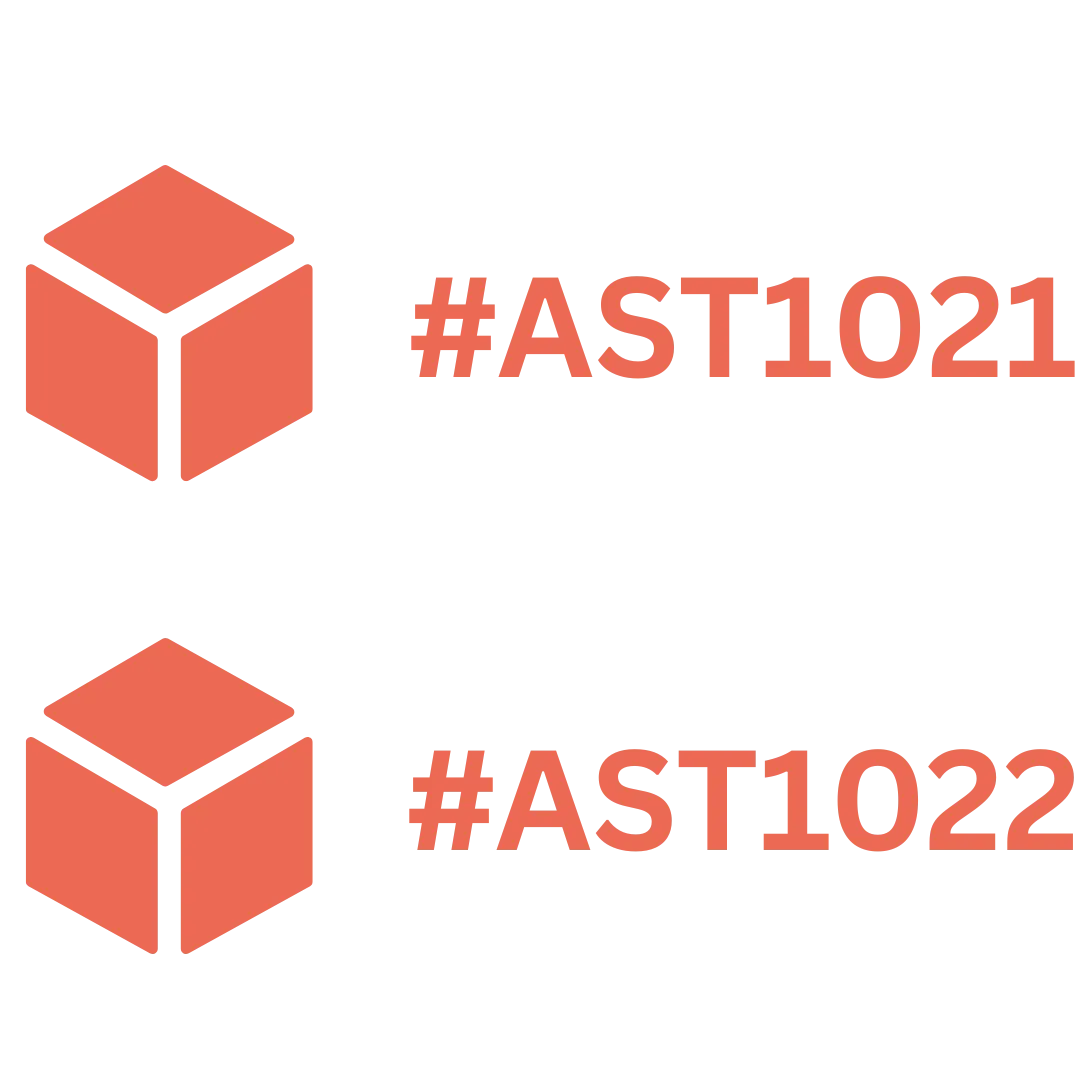
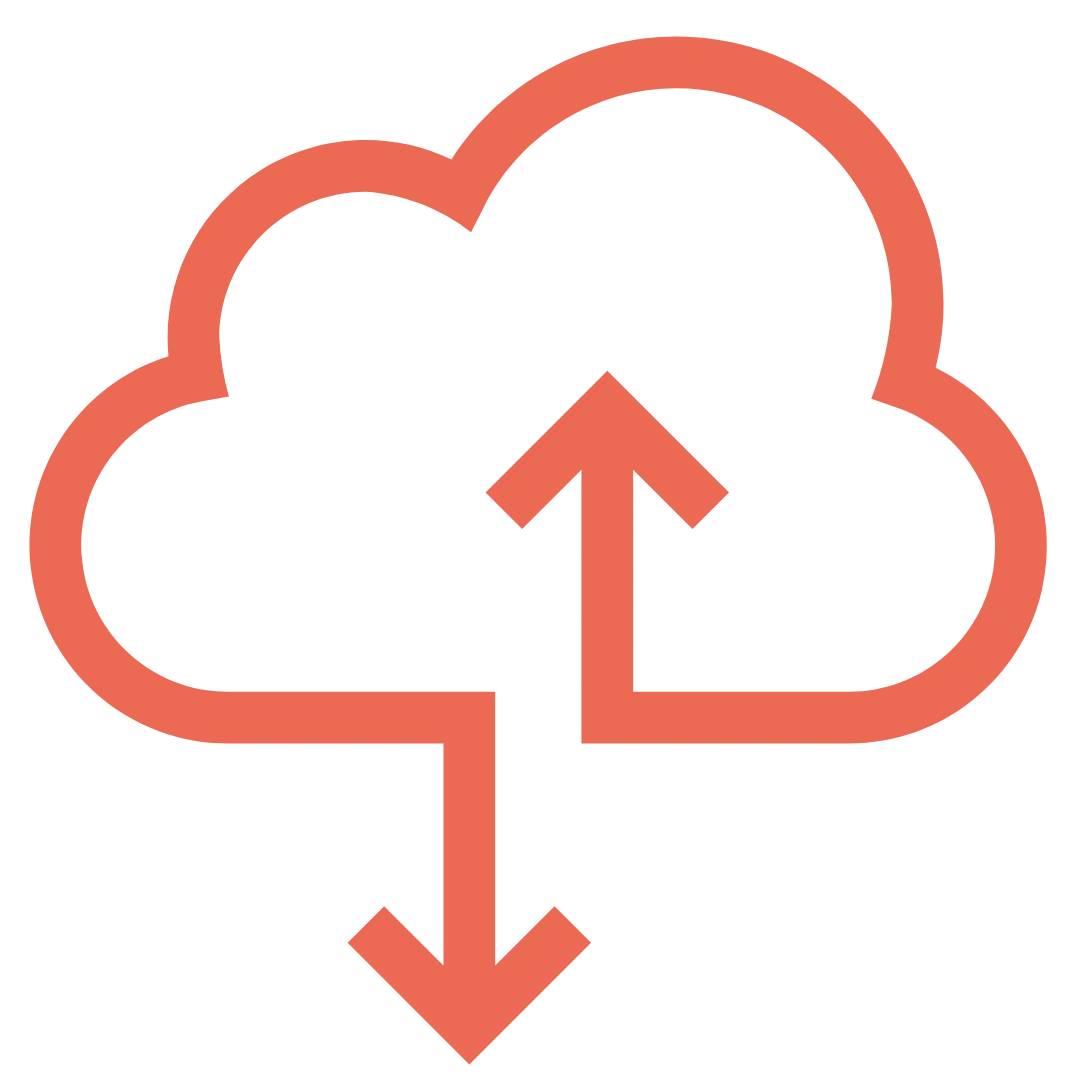

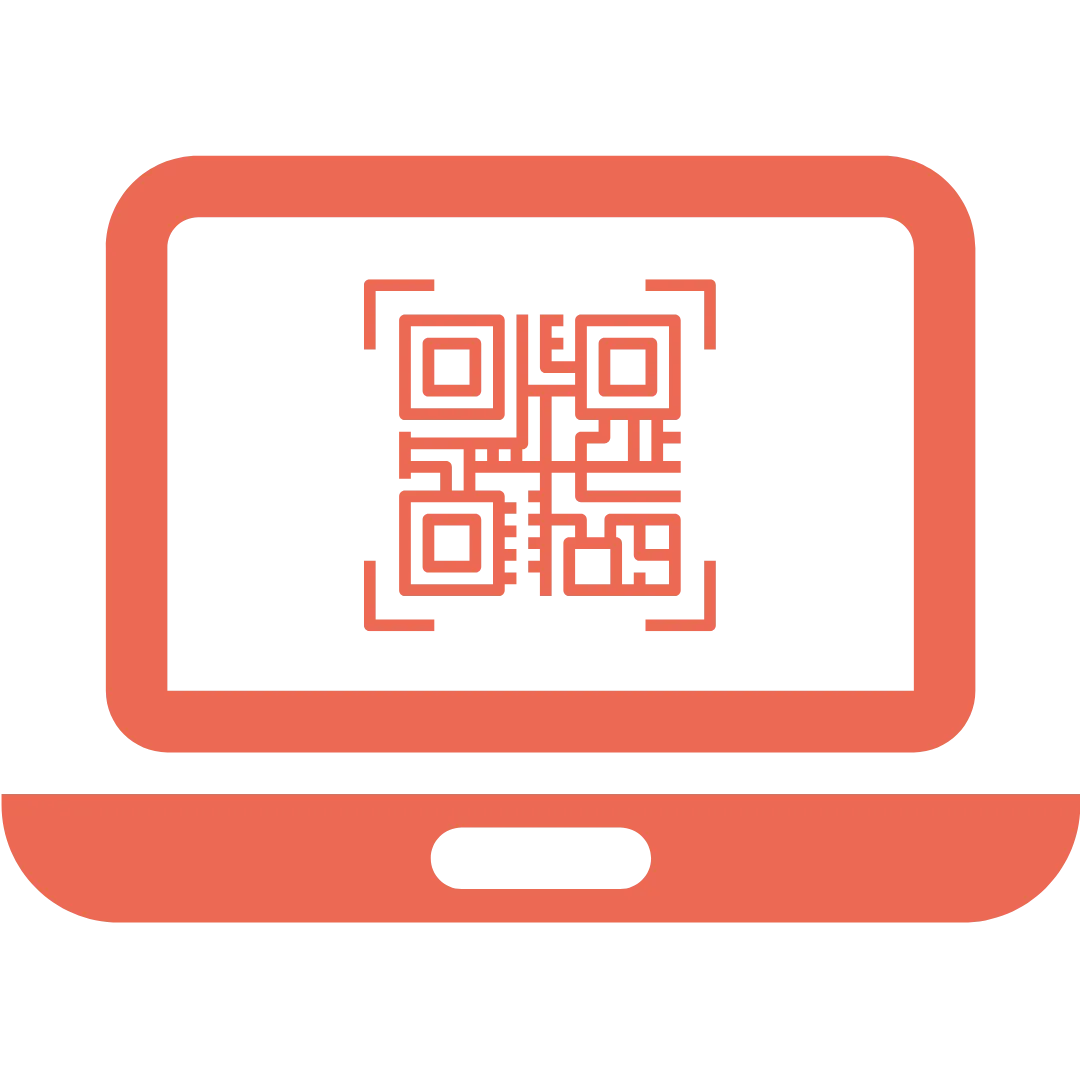
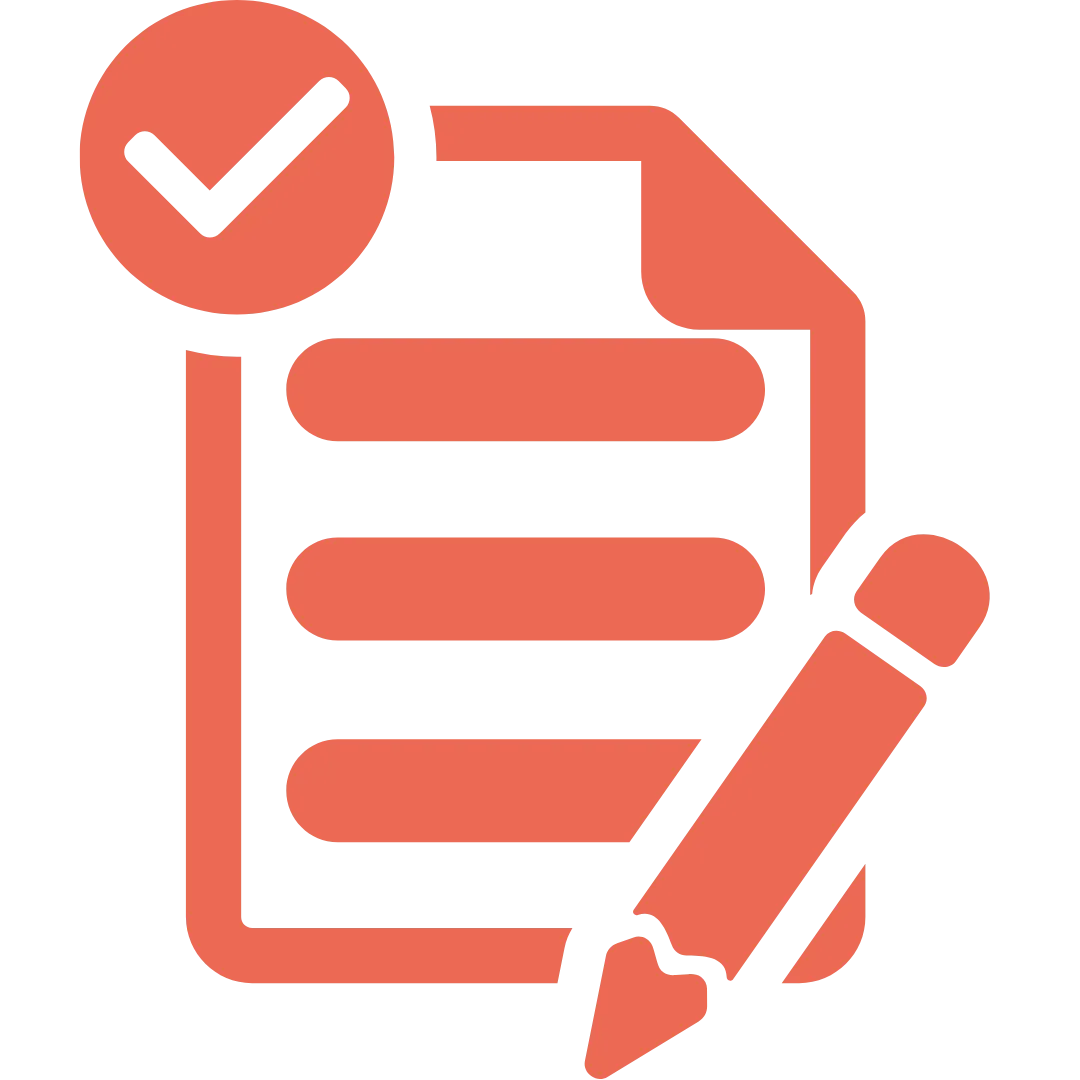
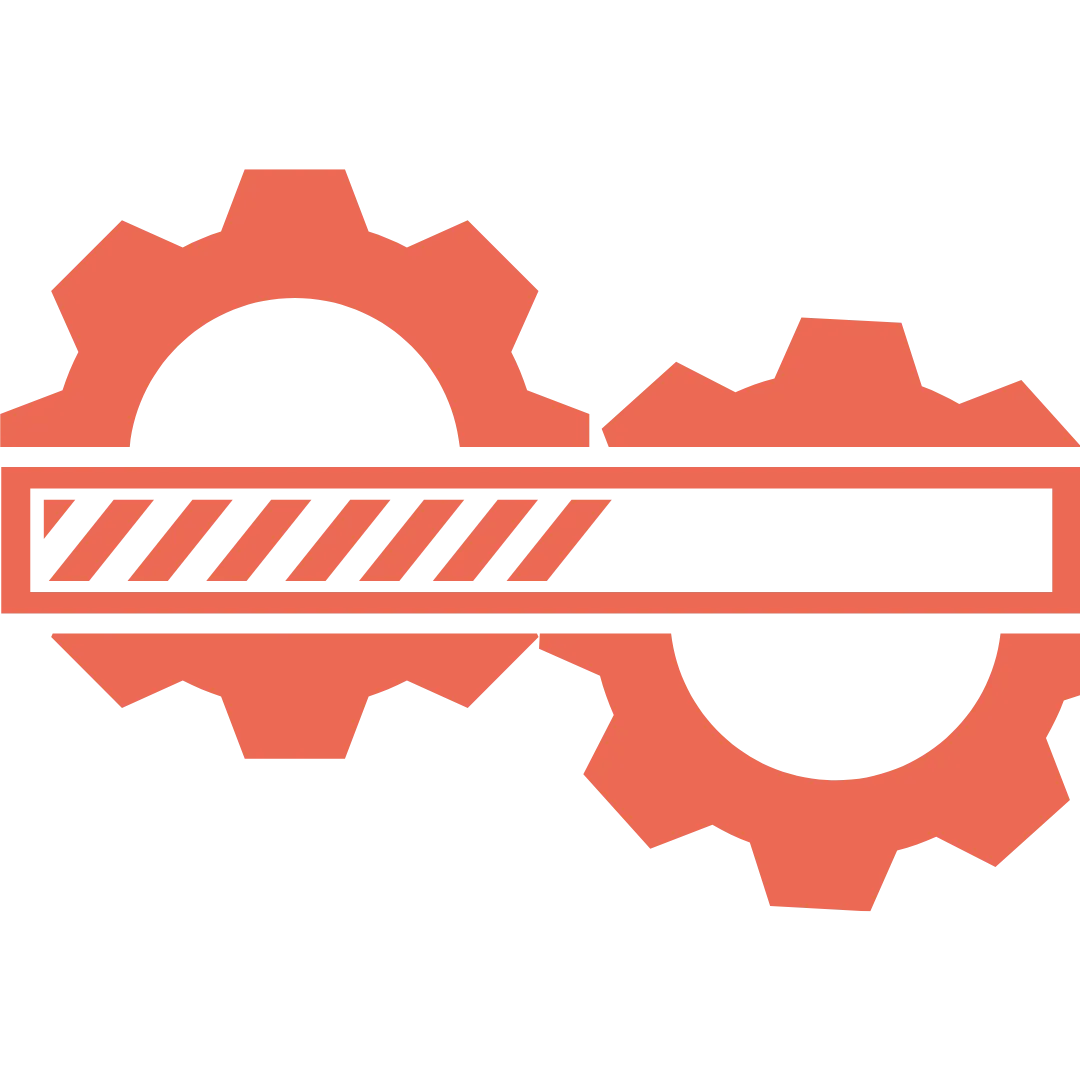
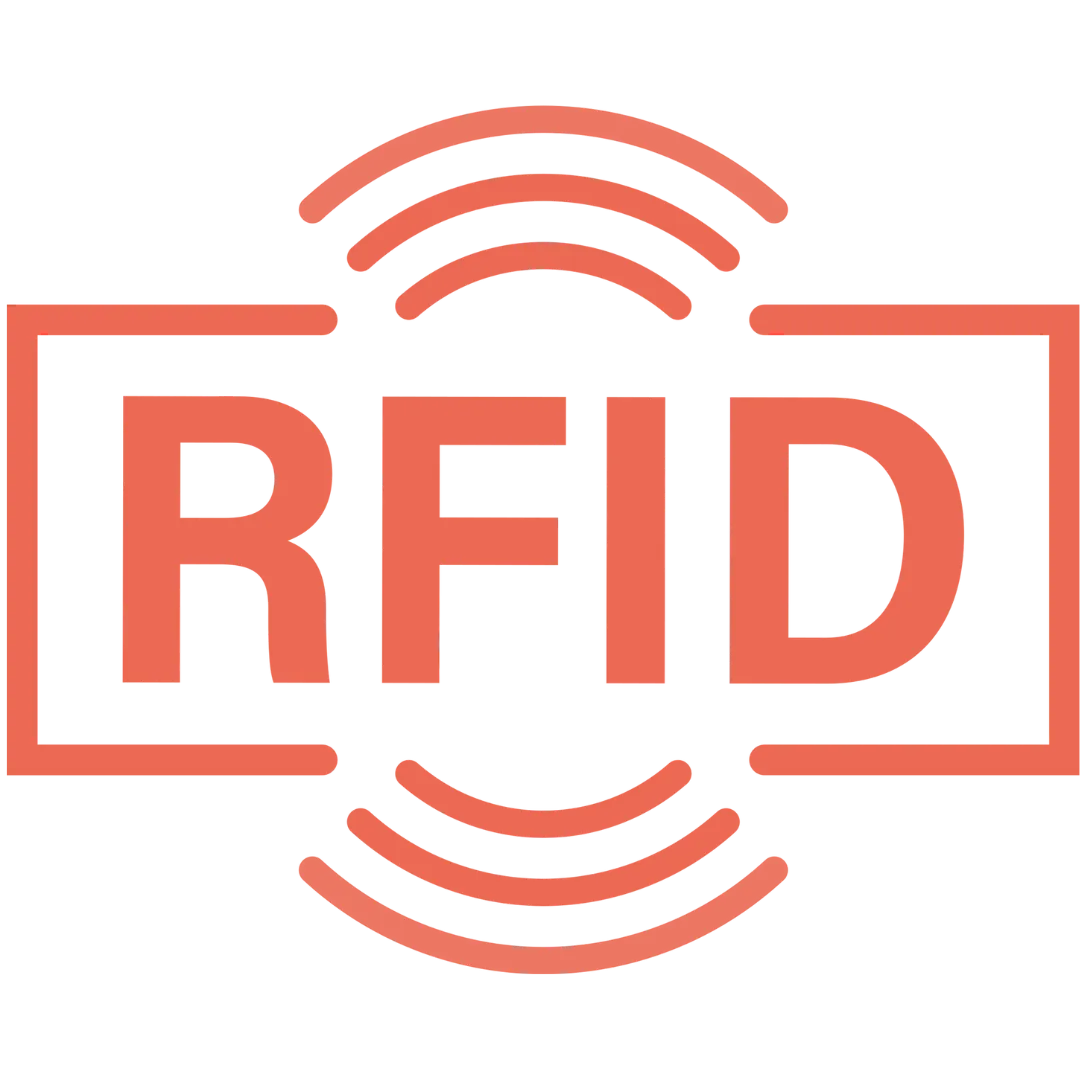
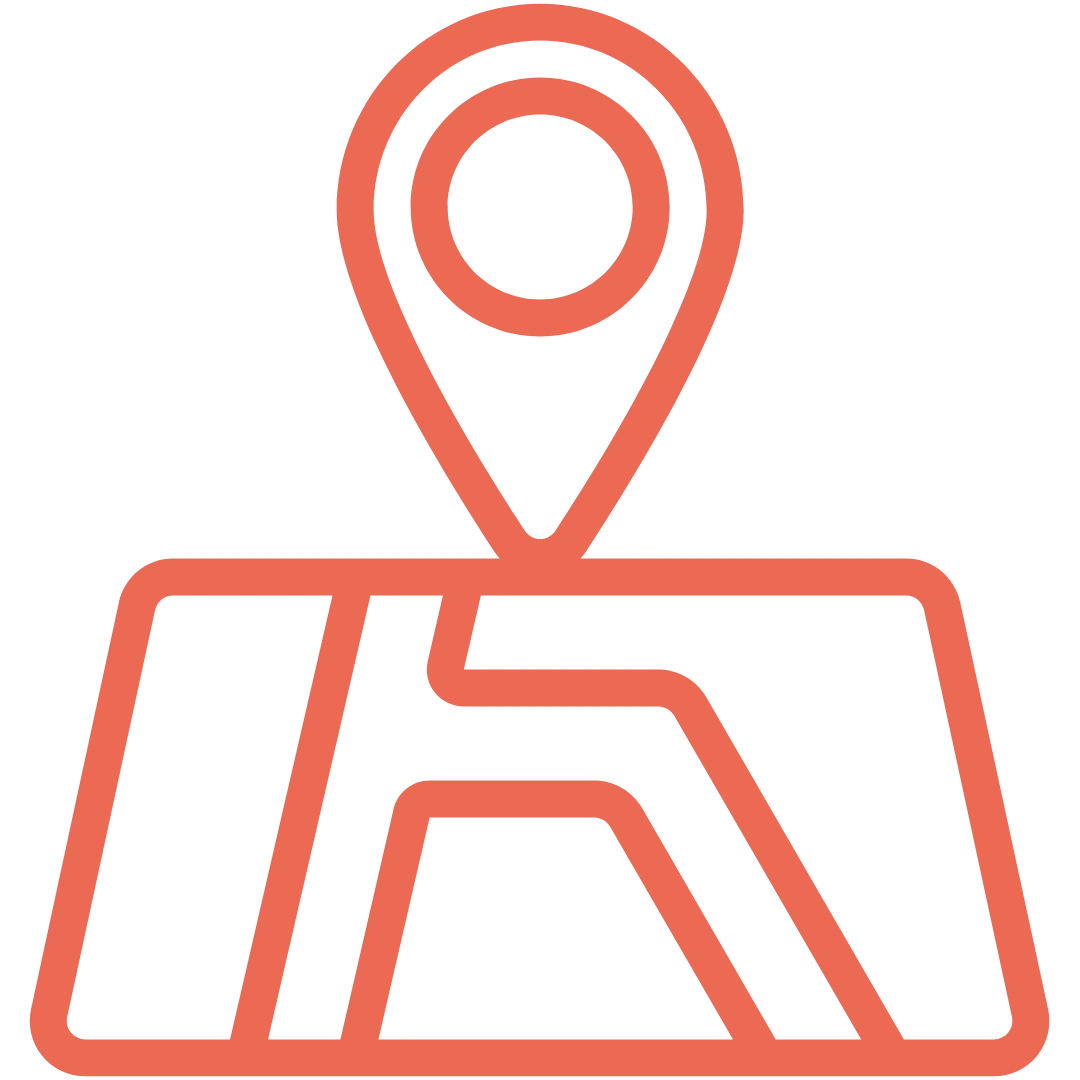
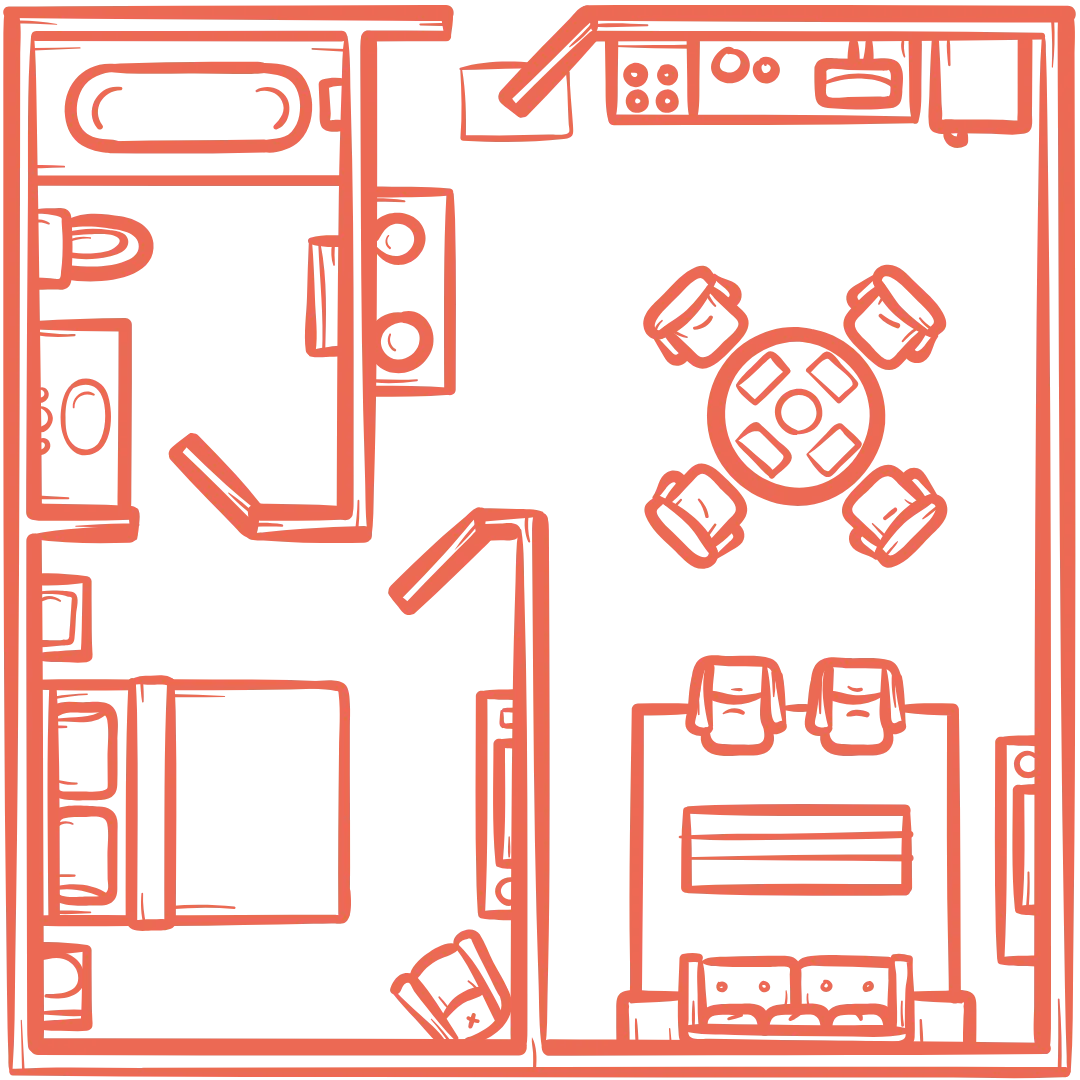




























.webp)
.webp)
.webp)
.webp)
.webp)
.webp)
.webp)
.webp)
.webp)

.svg)




.webp)
.webp)
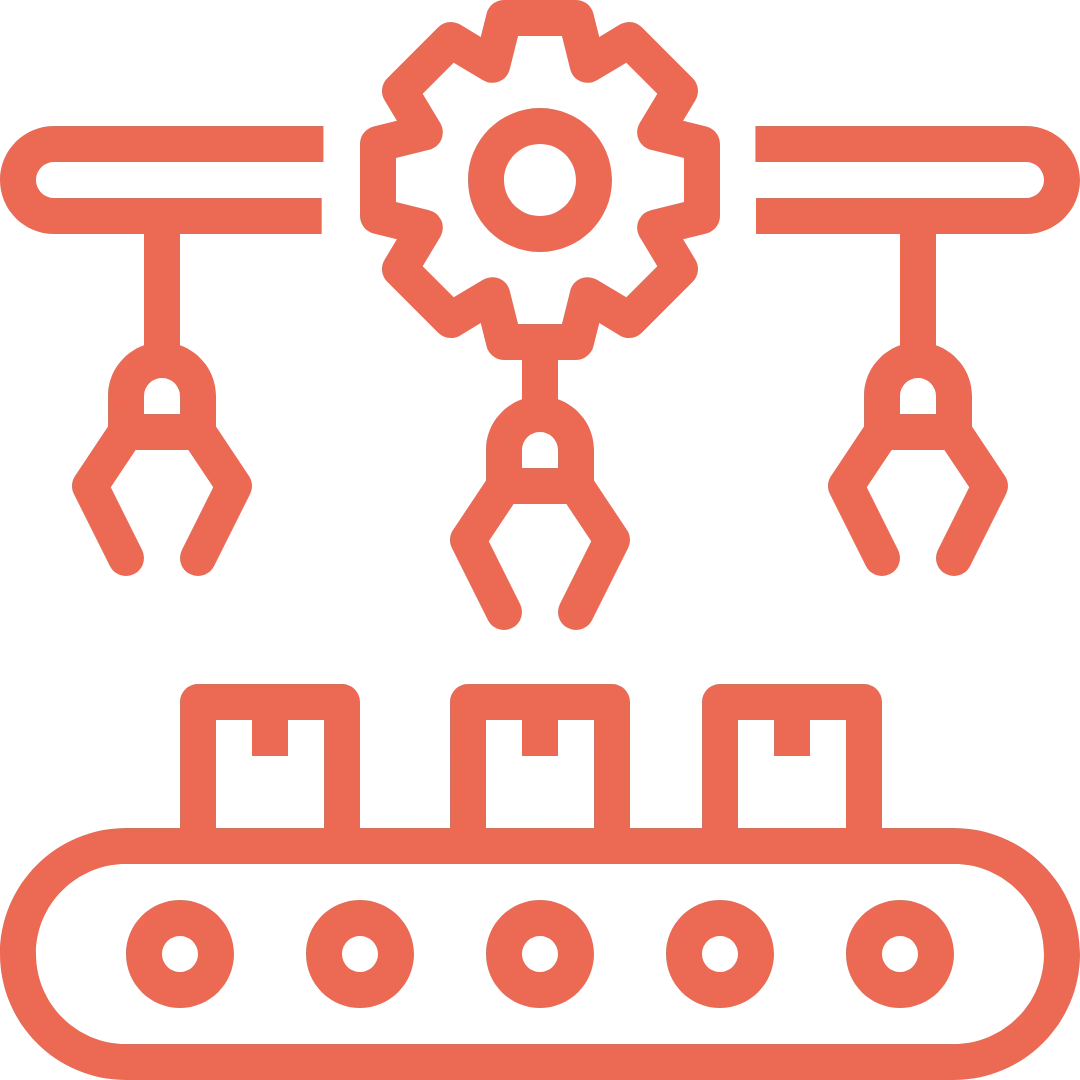


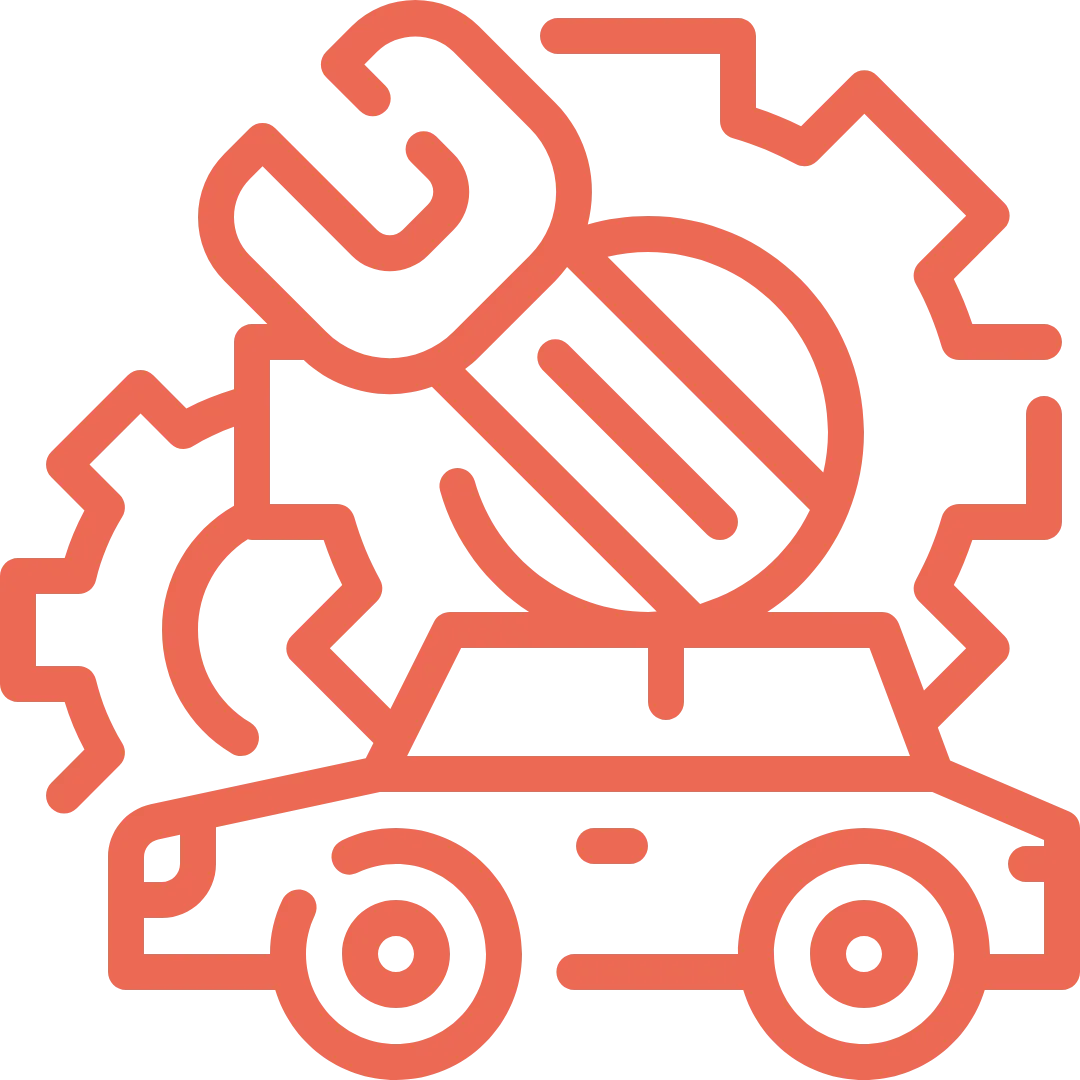


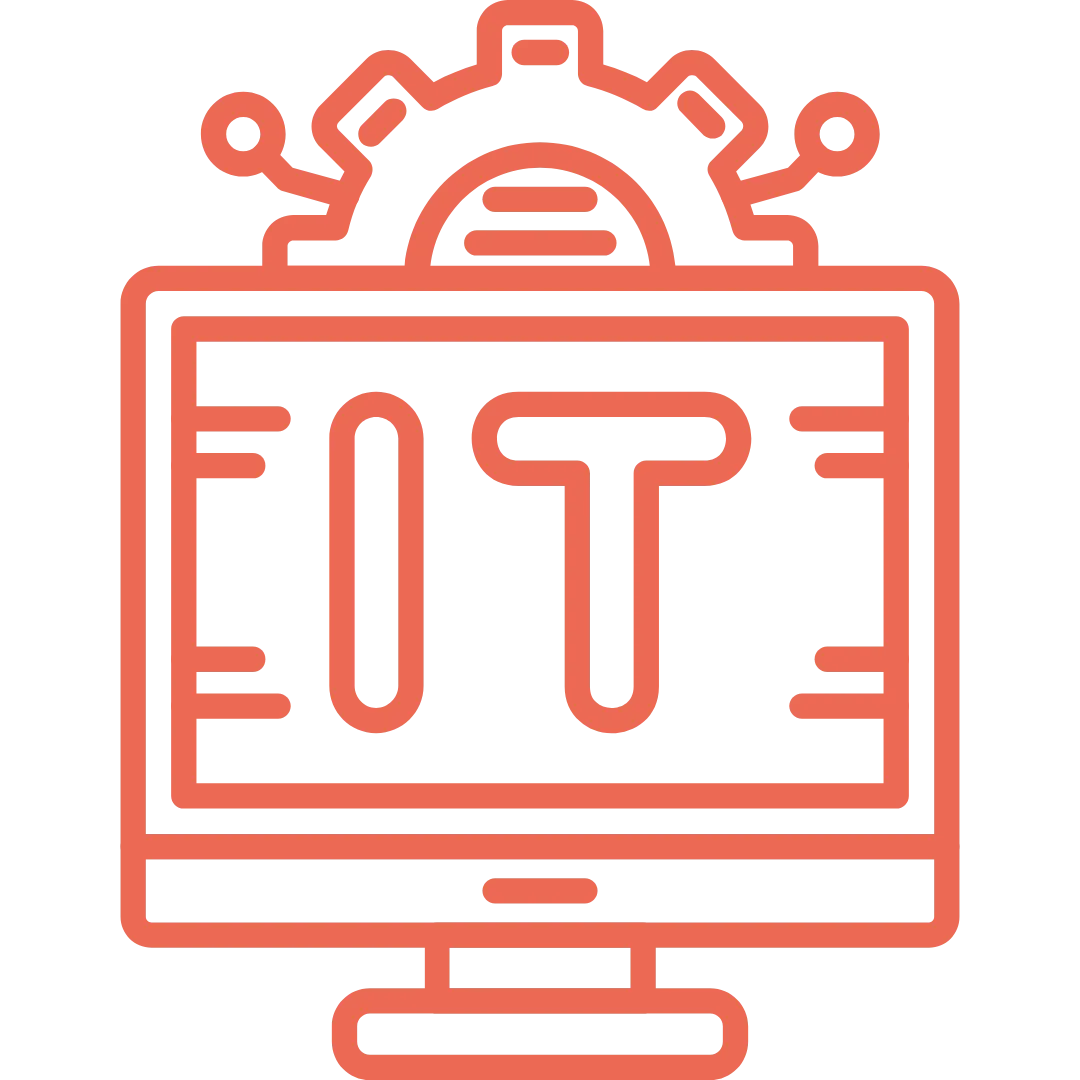


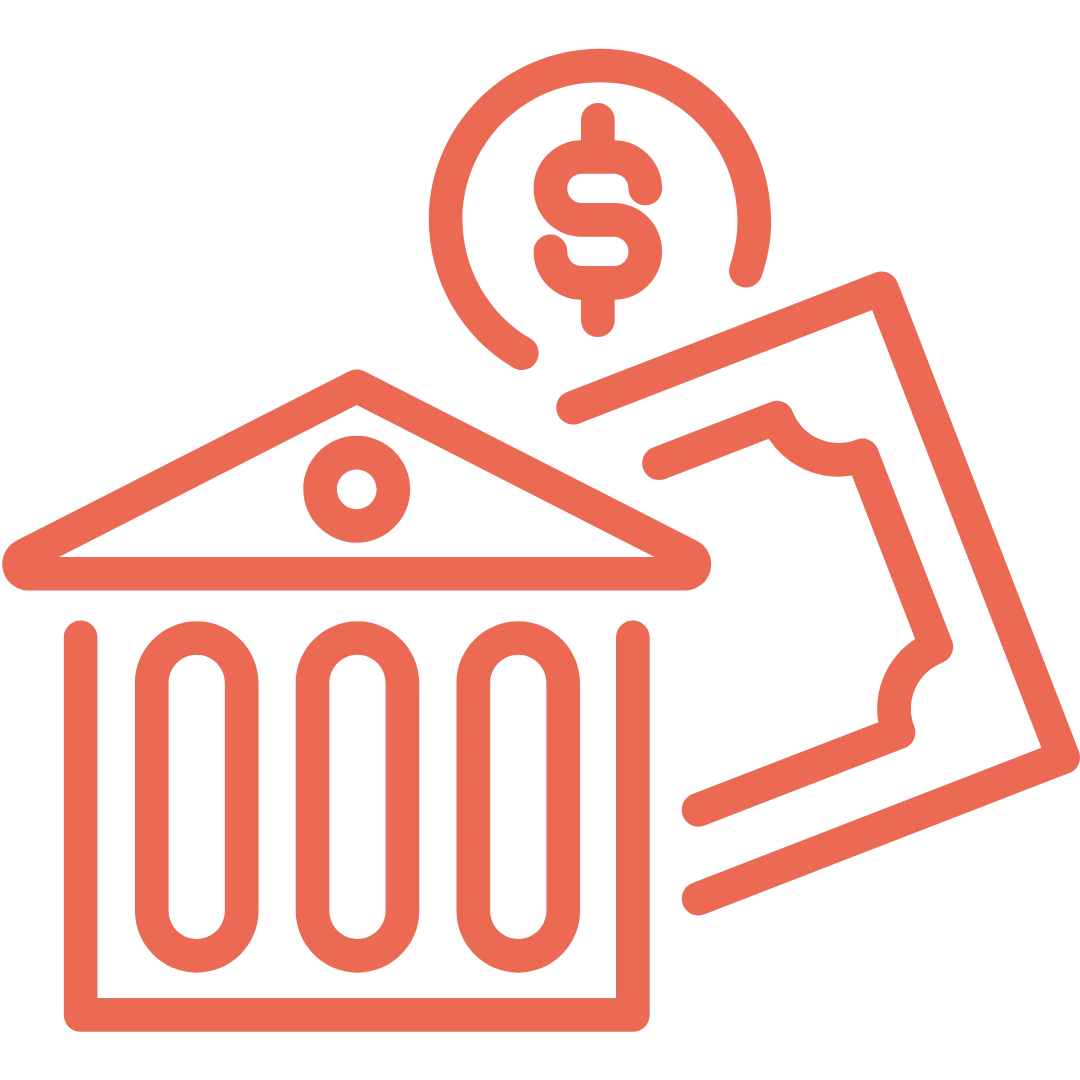




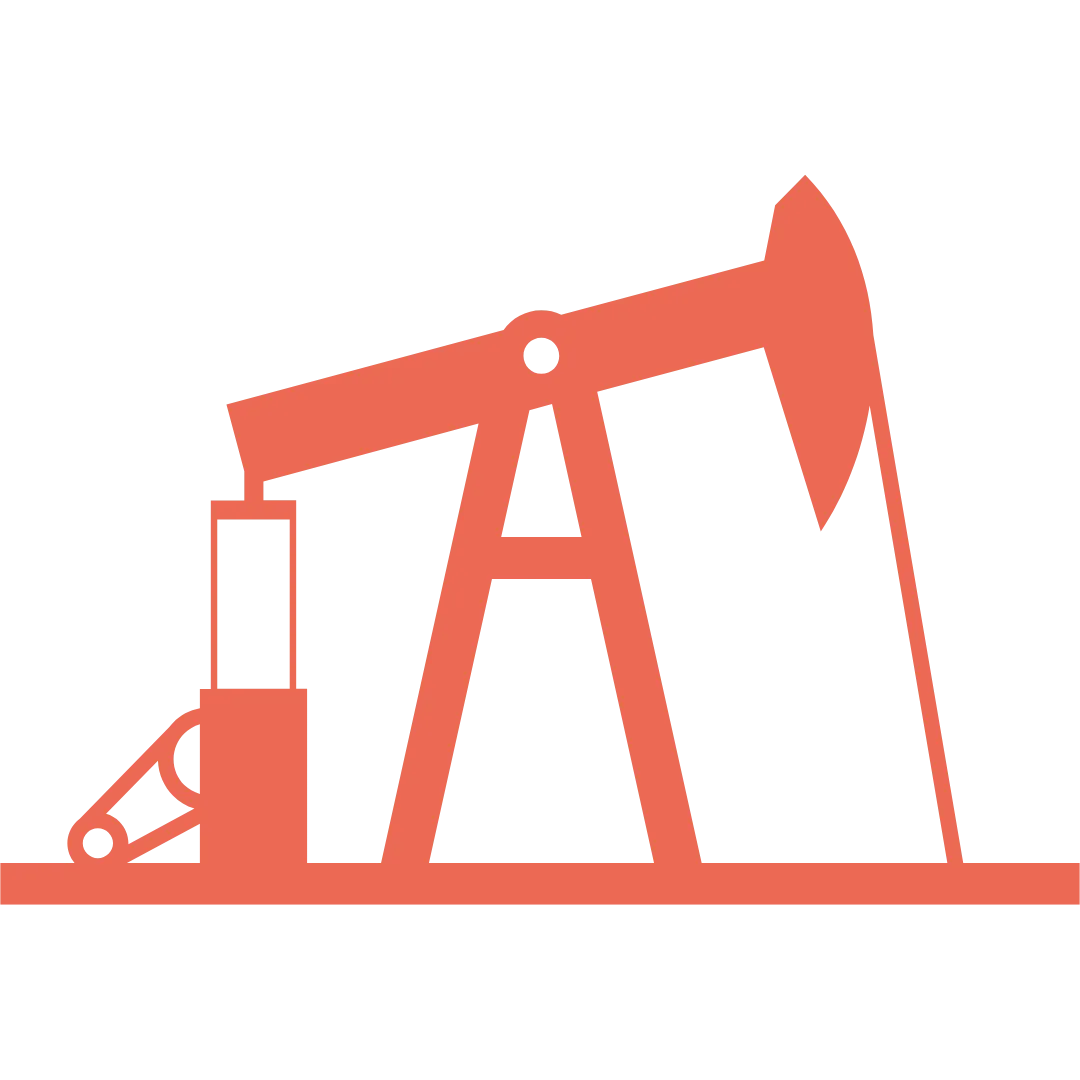
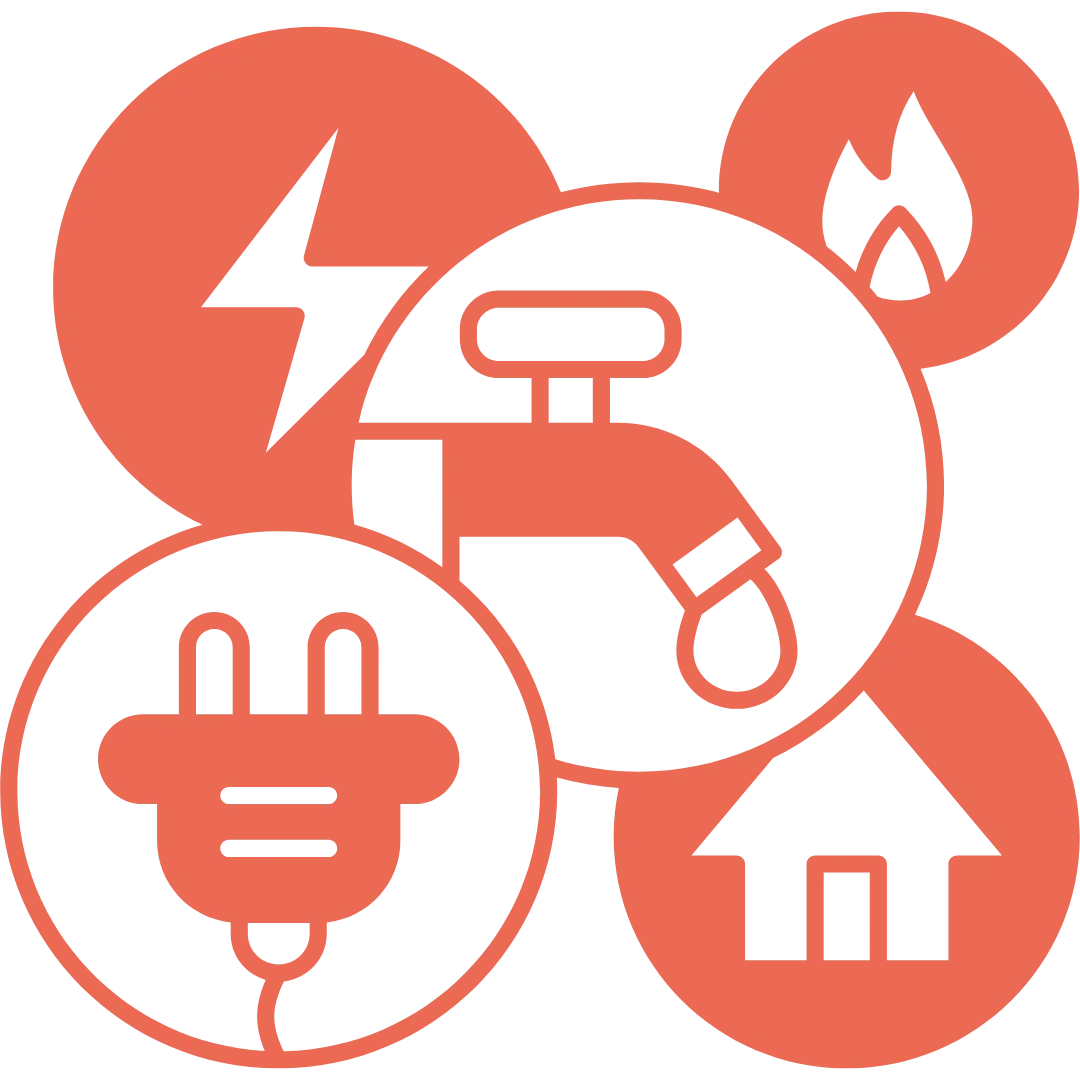

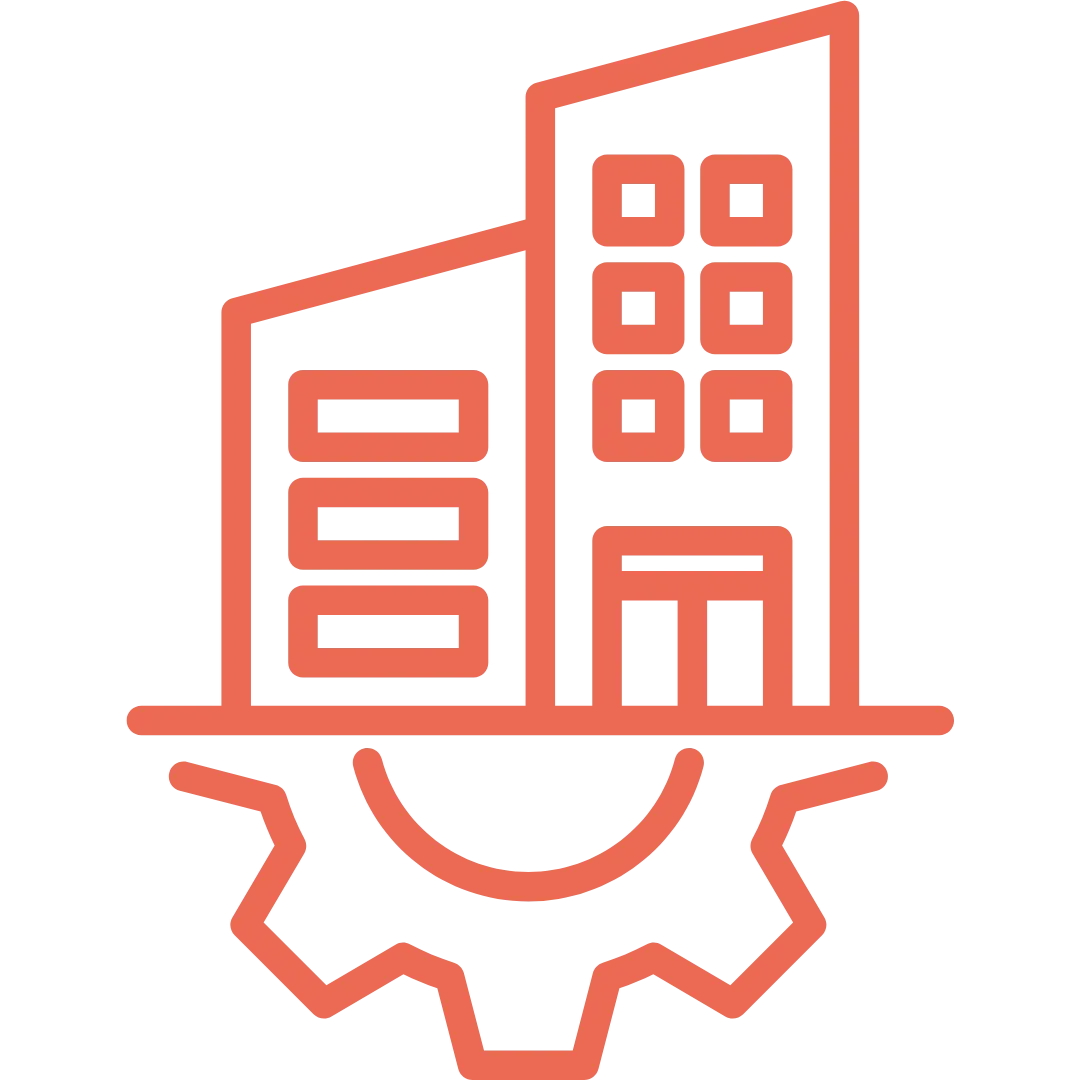
















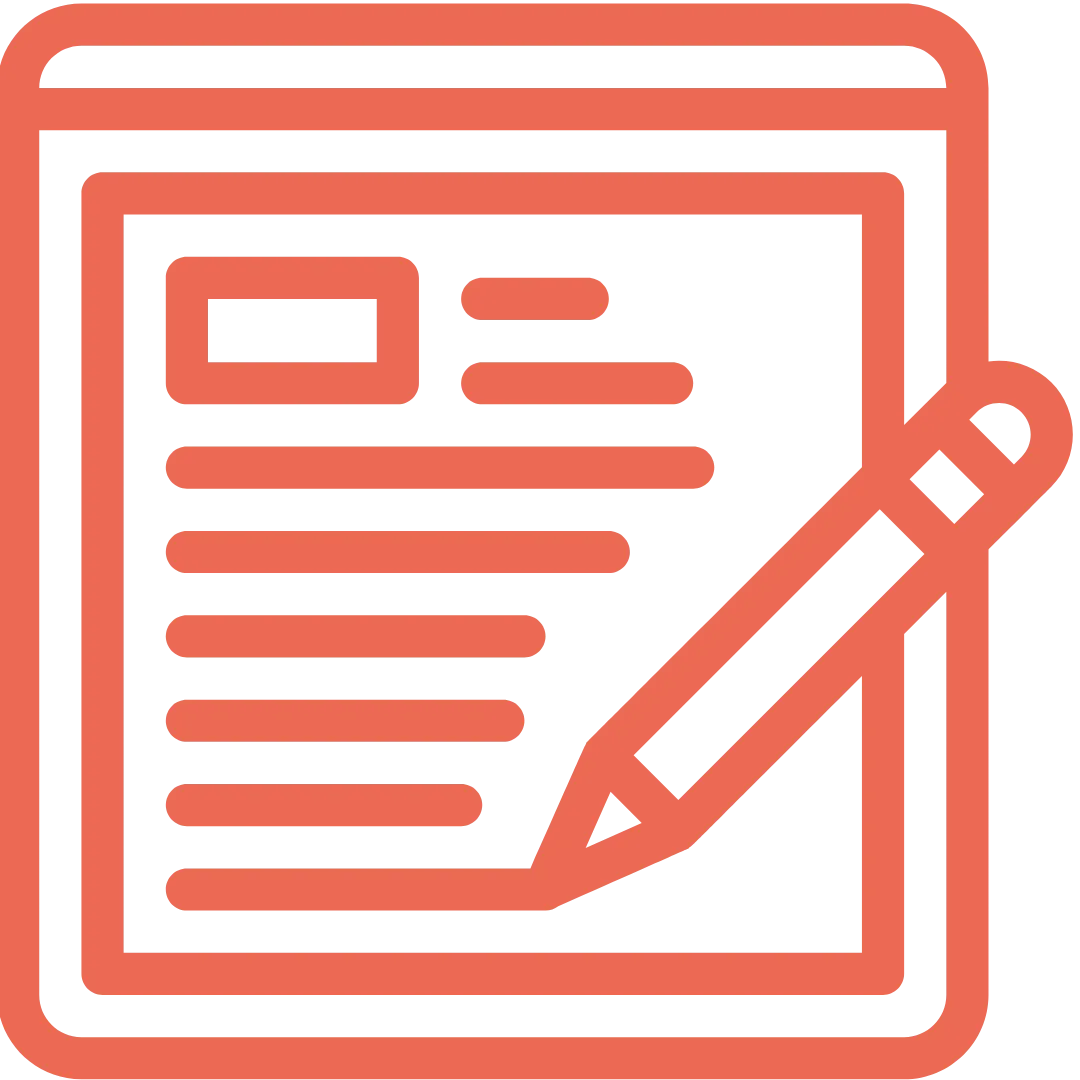

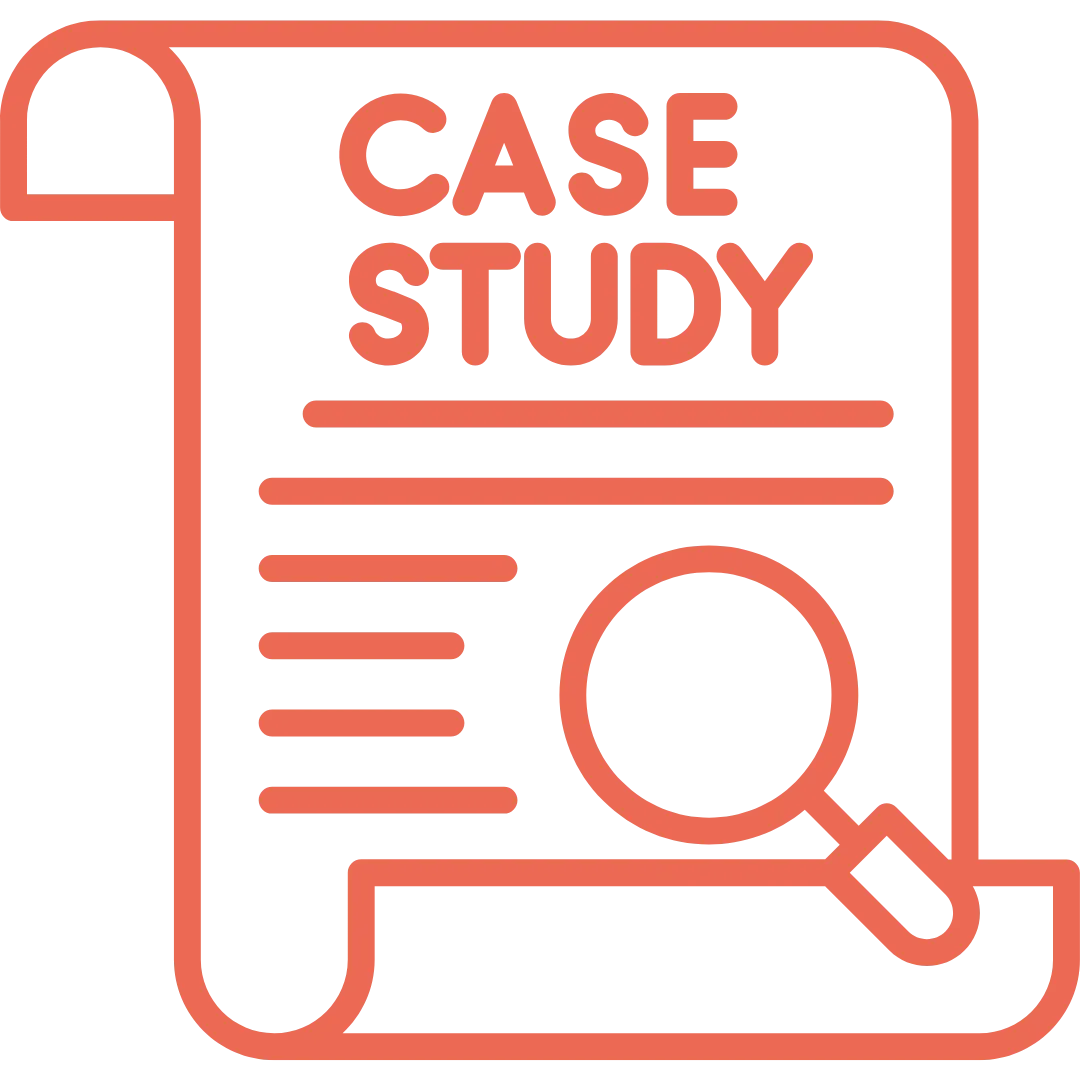






.png)

.webp)


















